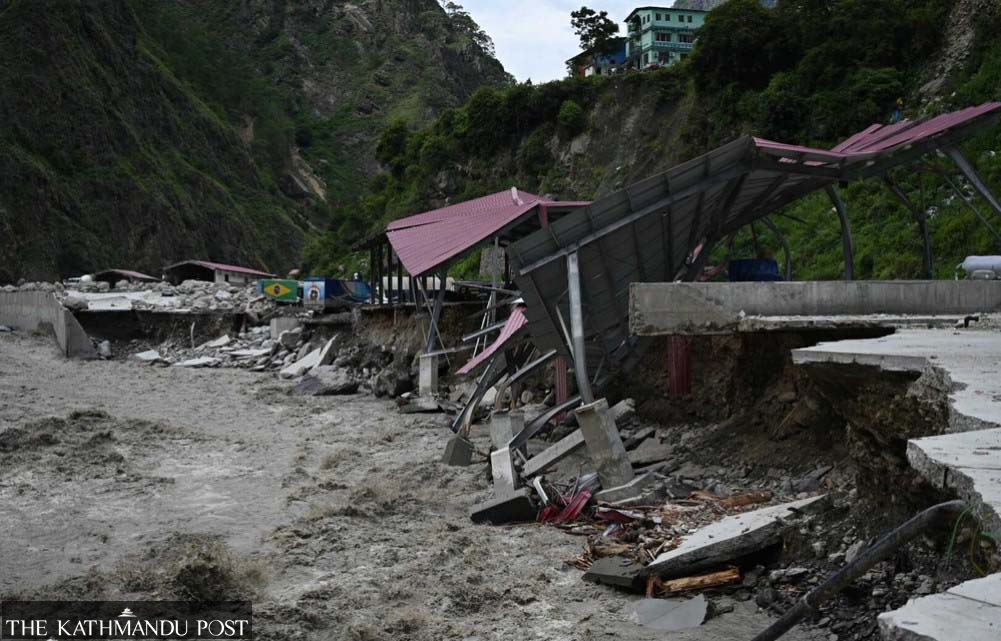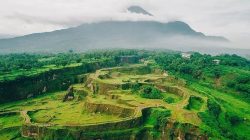Nepal Faces Ongoing Disaster Challenges with 93 Deaths and 22 Missing
Over the past three months, Nepal has experienced a series of devastating natural disasters, resulting in at least 93 deaths and 22 people still missing. These incidents have been recorded by the National Disaster Risk Reduction and Management Authority (NDRRMA) from mid-April to mid-July. The data highlights the increasing frequency and severity of disaster events in the country, which continues to be highly vulnerable to climate-related challenges.
During this period, the NDRRMA documented a total of 2,065 disaster events, including floods, landslides, lightning strikes, fires, and animal attacks. These events have had a significant impact on communities across the nation. A total of 445 individuals were injured, and 4,136 families were directly affected by these incidents. The scale of destruction underscores the urgent need for improved disaster preparedness and response mechanisms.
Major Disasters and Their Impact
Floods were among the most destructive events, with 137 incidents reported. These floods caused 13 deaths and left 22 people missing. The most severe incident occurred in Rasuwa on July 8, when a glacial lake outburst flood in the upper part of the Bhotekoshi area led to significant human casualties. This event highlighted the growing risks associated with melting glaciers and the increasing frequency of extreme weather conditions in the region.
Landslides followed as the second most common hazard, with 175 reported events and six fatalities. These landslides often occur due to heavy rainfall and unstable terrain, making them particularly dangerous in mountainous regions. Other causes of death include lightning strikes, which accounted for 26 fatalities, and fire-related incidents that resulted in 14 deaths. Animal attacks and altitude sickness also contributed to the toll, with 12 and 11 deaths respectively.
Additional Hazards and Community Impact
The NDRRMA spokesperson and Undersecretary Suresh Sunar noted that several families were affected by additional hazards such as strong winds, snake bites, and heavy rainfall. These factors compounded the challenges faced by communities already dealing with the aftermath of major disasters.
Floods impacted 1,246 families, while 1,048 households were affected by fire incidents. Many more individuals were displaced or suffered losses due to a combination of natural and weather-induced events. The cumulative effect of these disasters has placed immense pressure on local resources and emergency services.
Climate Vulnerability and Future Concerns
The data covers the first quarter of the Nepali year 2082, and officials warn that more extreme weather and disaster events are likely as the monsoon season progresses. Nepal’s vulnerability to the climate crisis has been evident for over a decade, with the country experiencing multiple extreme weather events in recent years. This trend is expected to continue, posing serious threats to both human lives and infrastructure.
As the monsoon season intensifies, it is crucial for authorities and communities to remain vigilant and implement effective disaster risk reduction strategies. Investing in early warning systems, improving infrastructure resilience, and promoting community-based disaster preparedness are essential steps toward mitigating the impacts of future disasters.
Nepal’s ongoing struggle with natural disasters serves as a reminder of the urgent need for global action on climate change and the importance of supporting vulnerable nations in building resilience against increasingly frequent and severe weather events.







